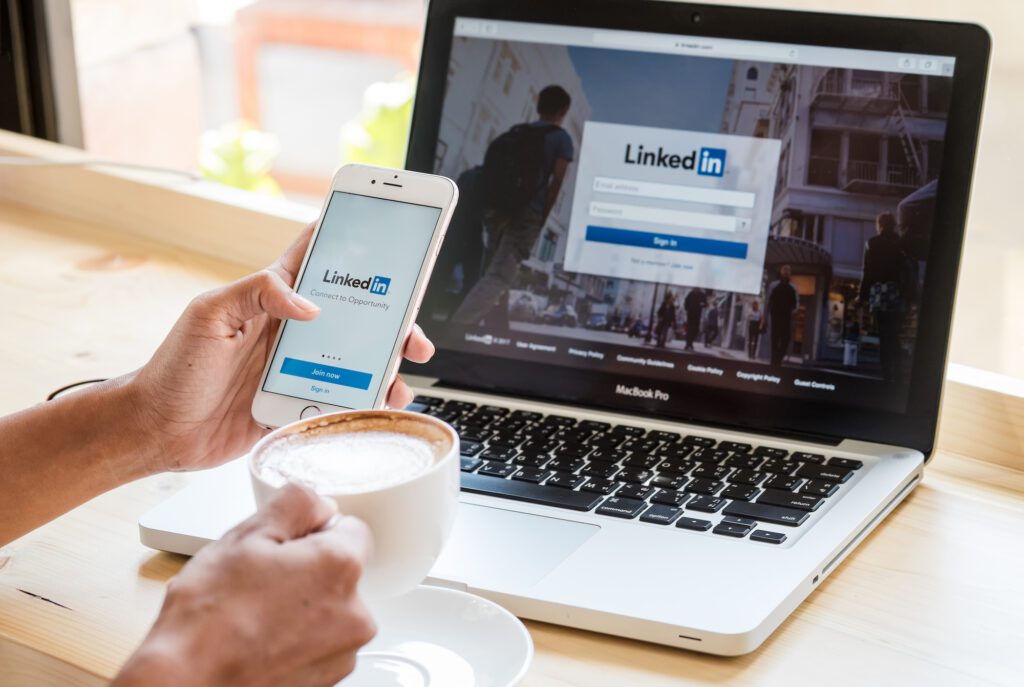
In 2023, corporate communicators navigated a media landscape dominated by consolidation and digital upheaval. Over 2,000 journalists were laid off from leading media outlets like WIRED, VOX and CNBC. Concurrently, platforms like Twitter (now X) evolved from vital tools for reputation-building to unpredictable digital free-for-alls, prompting major brands to retract substantial advertising dollars.
Amidst these changes, corporate communication teams face a crucial decision: How should resources be allocated to drive reputation in an era where media placements are more challenging, and platforms like X are becoming increasingly volatile?
The emerging answer is LinkedIn. Hailed as “the best social media network” by The Wall Street Journal in 2022, LinkedIn now has over a billion users, a 42 percent increase in content sharing and a 59 percent rise in premium subscriptions since 2021. Notably, the platform has emerged as the foremost means of engaging with business decision-makers. Data indicates that approximately 80 percent of its users possess a considerable degree of influence within their organizations, which has propelled the platform to have nearly double the purchasing power compared to the average online audience.
A Gap in Platform Usage
Despite LinkedIn's impressive metrics, its potential is underutilized by many corporate communication teams and executives. Only around 48 percent of CEOs from the S&P 500 and FTSE 350 engage actively on the platform, despite high expectations from stakeholders expecting to see their leaders on social media.
For example, 82 percent of potential employees search for a CEO’s online presence before joining a company, while current employees prefer to work for CEOs who have an active social media presence by a ratio of nearly 4 to 1. It is clear that connected leadership, characterized by establishing trust through online platforms like LinkedIn, equips leaders to effectively reassure stakeholders, particularly in crises. This gap in platform usage underscores a significant opportunity for corporate communication teams to leverage the influence a CEO has on a company’s reputation.
In 2024, corporate communication teams can steer their C-suites in transitioning from occasional posters to proactive and influential personalities on LinkedIn. Drawing from our experience at MikeWorldWide in guiding executives on the platform, we advise concentrating on three key features to significantly enhance your C-suite's impact on LinkedIn in the upcoming year:
Tap Into LinkedIn's Trending Timelines for Earned Media
Just as TikTok has become the fastest-growing platform for Gen-Z news consumption, LinkedIn, with its over 250+ editors, has emerged as the predominant platform for business-related news among highly-educated individuals. In fact, a 2023 PEW Research study found that an impressive 60 percent of LinkedIn's regular news consumers hold at least one college degree. Moreover, 68 percent of this news-consuming audience falls between the ages of 18-49, highlighting LinkedIn’s appeal to a generation of rising and established professionals.
For corporate communication teams, LinkedIn trending timelines, updated multiple times daily, offer a myriad of opportunities to pitch editors their executives’ social posts for editorial amplification. With LinkedIn's trending news timelines offering more space for smart, relevant and impactful commentary than traditional media outlets, securing a placement isn’t just more probable—it’s uniquely impactful.
Recent data collected at MikeWorldWide reveals that having a post be editorially selected by LinkedIn's trending timelines can generate nearly 10-15 times more impressions and engagements for executives, compared to posts that aren’t editorially featured. Additionally, these news timelines are becoming hotbeds for reporters seeking credible sources. When used strategically, these timelines not only create influence within the platform but also provide a backdoor method for communications teams to secure traditional coverage from top-tier and trade outlets.
Use LinkedIn Newsletters to Influence The Inbox
With an impressive 450 million global sign-ups and year-over-year growth exceeding 3x, LinkedIn's "newsletter" feature is becoming a key focus area for corporate communication teams aiming to amplify their executives' influence on LinkedIn. This feature, offering subscriptions with push, in-app and email notifications for new articles, has become an opportunity for executives to leverage their influence on LinkedIn to engage with stakeholders' personal inboxes. As a result, high-profile executives like Ian Bremmer, Bill Gates and Tim Ryan are increasingly adopting LinkedIn newsletters, making them what we at MikeWorldWide term ‘influencers of the inbox.’
Simultaneously, major media outlets are also ramping up their efforts in launching their own LinkedIn newsletters. Prime examples include Forbes' “Forbes Edge” and The Wall Street Journal’s “WSJ Careers & Leadership,” both attracting subscriber numbers in the millions. With top tier publications crafting their own LinkedIn newsletters, corporate communication professionals now have fresh opportunities for securing meaningful earned placements that can concurrently enhance an executive's influence on LinkedIn.
Engage With All Levels of LinkedIn Influencers
B2B marketers are increasingly optimistic about the impact of influencers on their marketing and communication campaigns. Nearly half (49 percent) view influencers as a tool to enhance their brand's credibility and trustworthiness, while 40 percent have seen a boost in leads or sales due to influencer marketing strategies. Beyond just amplifying the brand, influencers can offer a unique opportunity to help drive the C-suite’s executive visibility and influence on LinkedIn in the following ways:
- Begin With Your Employees. To start, corporate communications teams should look to their own employees as their first sphere of influencers to engage with.
- Layer the Influence. Once activated, layering the internal influencers with external influencers from the community or leading voices who are shaping significant conversations in their business sphere can create meaningful ripple effects on LinkedIn.
- Leverage Compelling Content. Combined with compelling content from executives and interactions with LinkedIn editors, this strategy can propel a corporate communications team in elevating an executive's influence on the platform.
Clayton Durant is Director of Emerging Media & Platform Strategy at MikeWorldWide. Samantha Fuss is Account Coordinator at MikeWorldWide.
